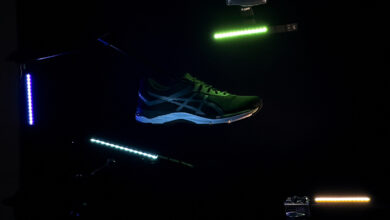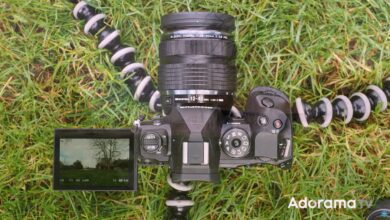Canon EOS R5 Mark II vs R5: Is the Upgrade Worth It?
When a company releases an upgrade to a popular camera model, the question isn’t just about the new features, but whether it’s worth the upgrade. The Canon EOS R5 was already a standout in the mirrorless camera market, but now the EOS R5 Mark II is here, promising to raise the bar even higher.
Coming to you from Gareth Evans with Parking cameraThis detailed video analyzes the major upgrades in Canon EOS R5 Mark II and how does it compare to the original R5. At first glance, the new model looks similar to its predecessor, with only a few minor physical changes like a repositioned power/off switch and a new photo/video toggle. However, the real differences are on the inside. The EOS R5 Mark II features a new sensor, still 45 megapixels like the R5, but paired with the latest DIGIC X processor and DIGIC X accelerator, which significantly boosts processing power and speed. This combination enables advanced features like in-camera upscaling to 180 megapixels and improved noise reduction, resulting in better image quality and versatility.
One of the most significant improvements in the EOS R5 Mark II is its autofocus system. While the R5 was no slouch with Dual Pixel CMOS AF, the new model takes it a step further with Dual Pixel Intelligent AF. This system includes advanced tracking capabilities, such as predicting where a subject will be even if it moves behind an obstacle. Evans also notes that the R5 Mark II’s autofocus can identify and track a wide range of subjects, from people and animals to vehicles and insects, making it extremely versatile for a variety of shooting situations. For those who regularly shoot fast-moving subjects, the R5 Mark II’s ability to shoot at 30 fps—a 50% increase over the R5’s 20 fps—could be a game changer.
Video capabilities have also been significantly upgraded. Both the R5 and R5 Mark II can shoot 8K video, but the Mark II can shoot at up to 60fps, compared to the R5’s 30fps. The R5 Mark II also introduces Canon Log 2 and 3 with over 16 stops of dynamic range, giving you more flexibility in post-production. The addition of a full-size HDMI port and improved thermal management, including an optional fan grip, make the R5 Mark II a stronger choice for videographers, especially for extended 8K shoots.
For those who primarily shoot stills, the R5 remains an attractive and capable option, especially given the price. However, if you’re a hybrid photographer with a video focus, or if you want a more future-proof camera, the R5 Mark II’s upgrades may justify the extra cost. Check out the video above for Evans’ full rundown.




